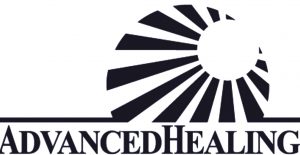
microparticles “microbubbles” used for detection of bacterial biofilm
Certain types of bacteria, such as Borrelia burgdorferi, Escherichia coli, Candida albicans, Clostridium difficile, Helicobacter pylori, Klebsiella pneumoniae, Legionella pneumophila, Listeria monocytogenes, Pseudomonas aeruginosa, Salmonella typhimurium, Staphylococcus aureus, Staphylococcus epidermidis, and Vibrio cholerae, can join forces to form protective communities called biofilms. These thin layers of bacteria, which grow on the surfaces of medical implants or directly on tissue in the body, can be difficult to treat because they are more resistant to drugs than the bacteria on their own. Currently, there is no established way to image biofilms in or out of the body.
Pavlos Anastasiadis and colleagues at the University of Hawaii at Manoa have developed a method to watch and measure growing biofilms with ultrasound. The researchers used contrast agents, microparticles, more accurately, microbubbles, that are normally injected into the body to improve the quality of ultrasound images. They modified the surface of bubbles in the agents to stick to two kinds of infectious bacteria that form biofilms (Staphylococcus aureus and Pseudomonas aeruginosa). Acoustic pulses of ultrasound cause the bubbles to “ring” like a bell, revealing their location and the attached biofilm.
The research was done on isolated biofilms. The next step will be to test it in living tissue. Anastasiadis hopes to develop the technique to diagnose infective endocarditis, a disease in which bacterial biofilms form on the inner walls of damaged heart valves.
“Targeted ultrasound contrast agents for the imaging of biofilm infections” by Pavlos Anastasiadis – Abstract: http://asa.aip.org/web2/asa/abstracts/search.may09/asa323.html



